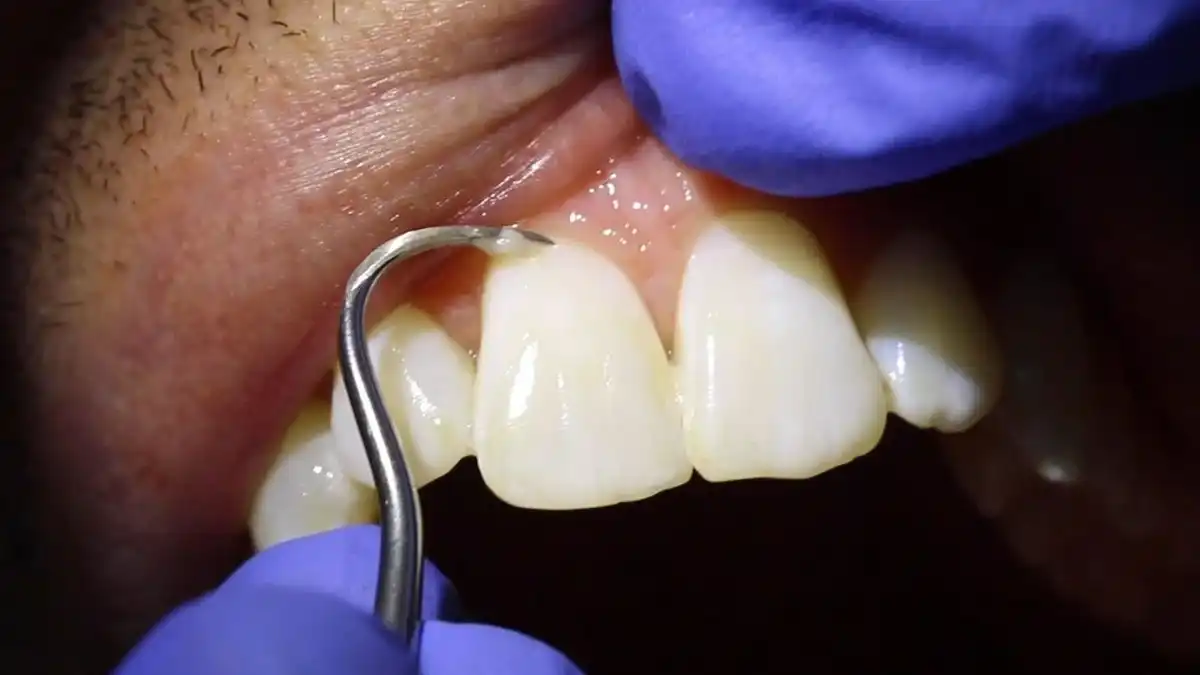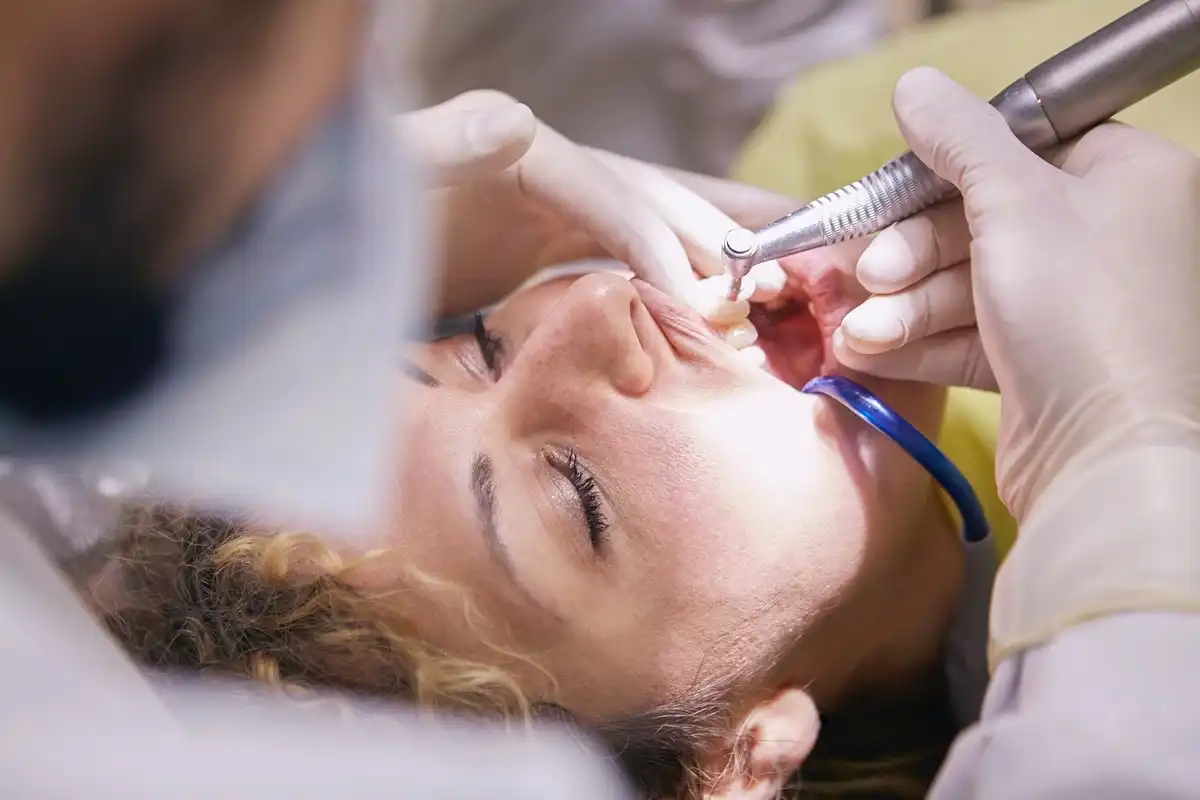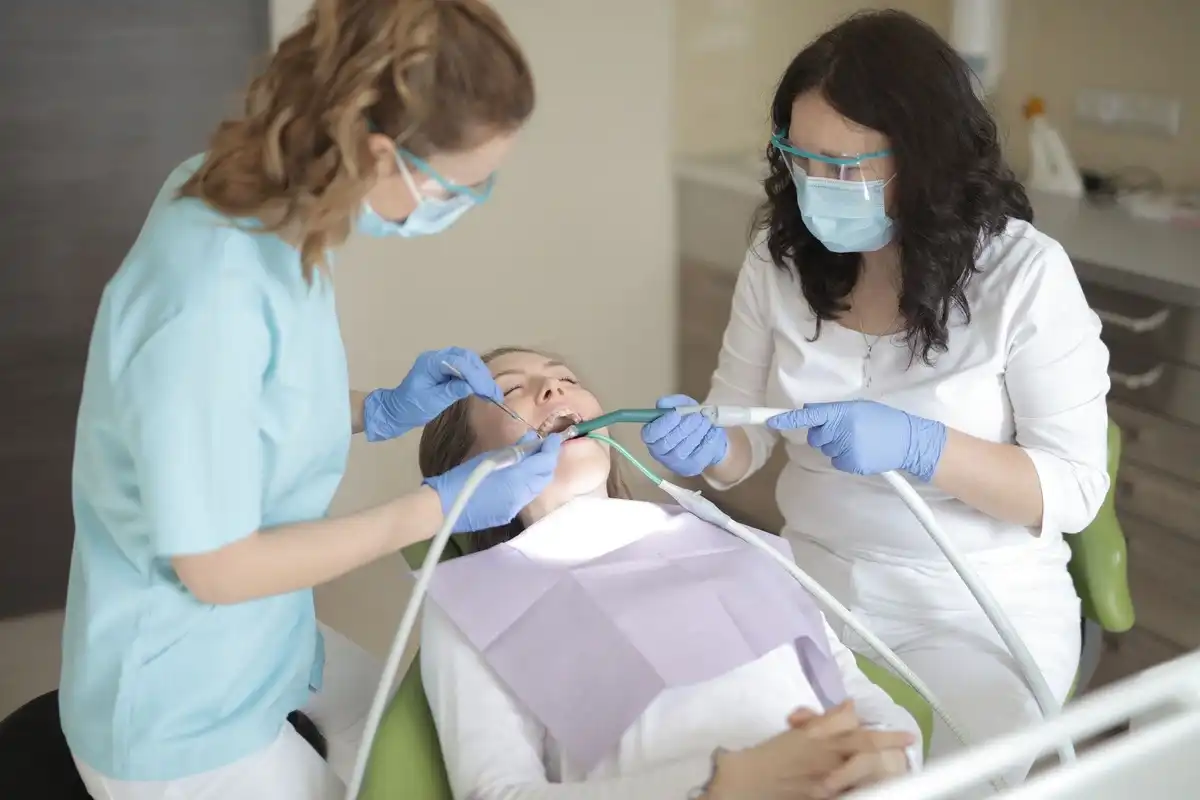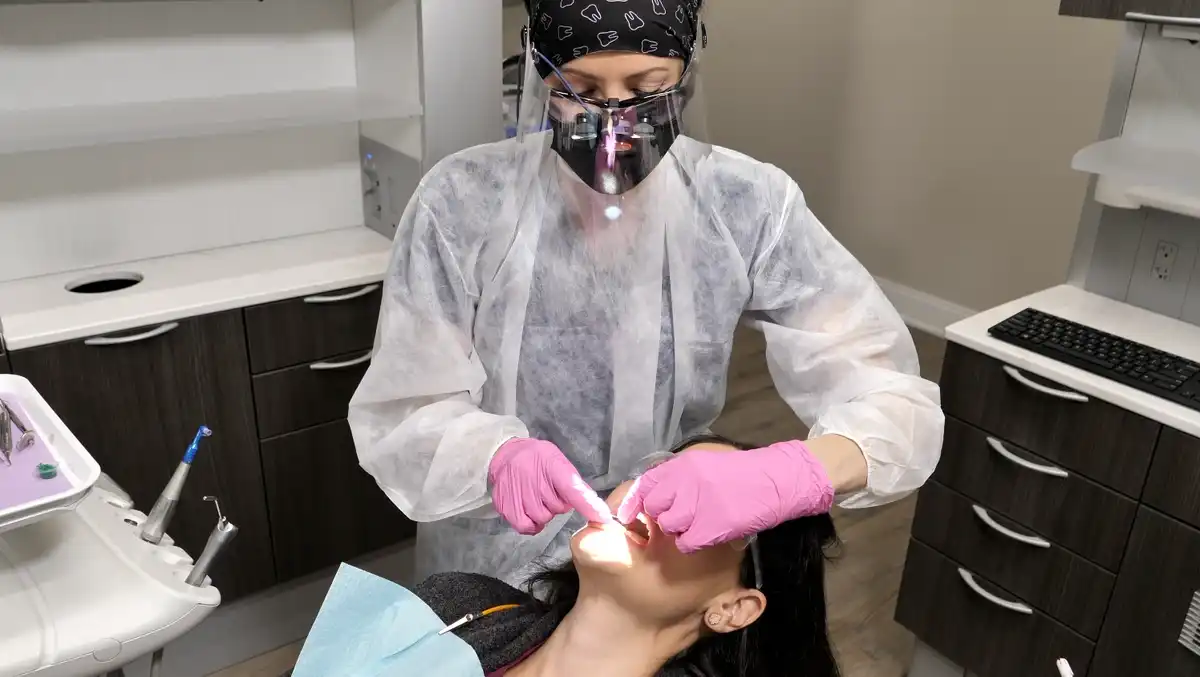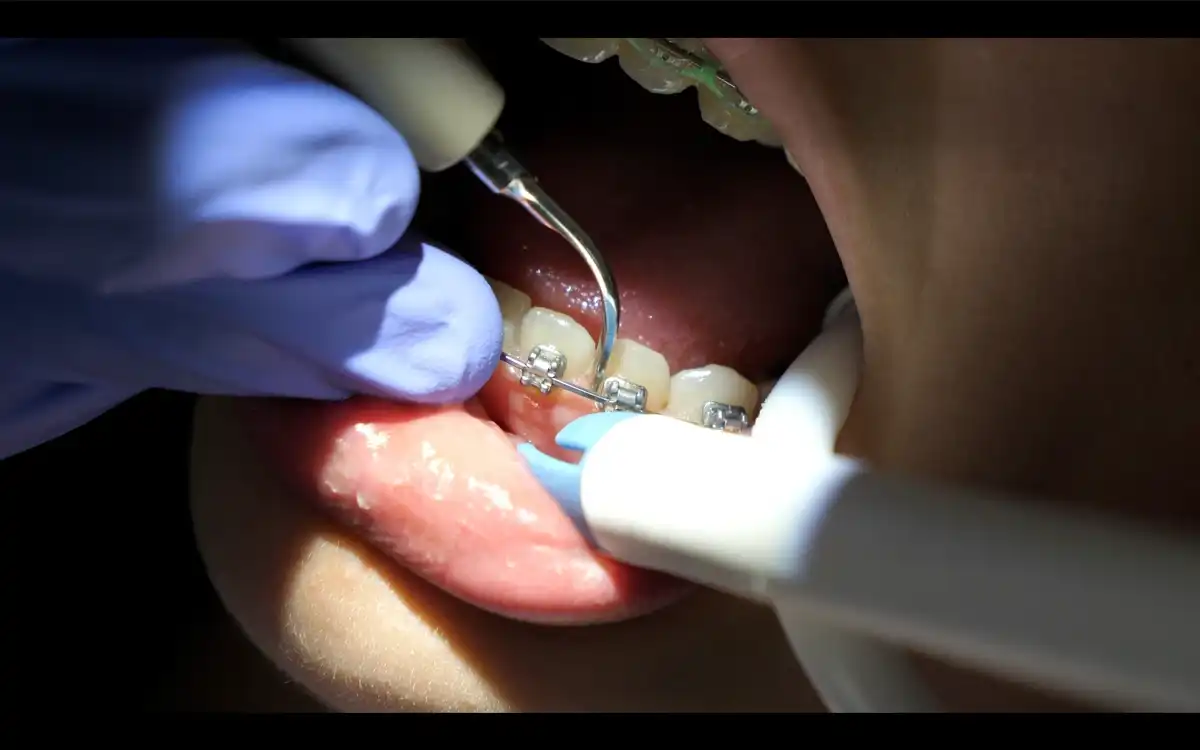Prolonging the Career of Dental Professionals with Dental Ergonomics

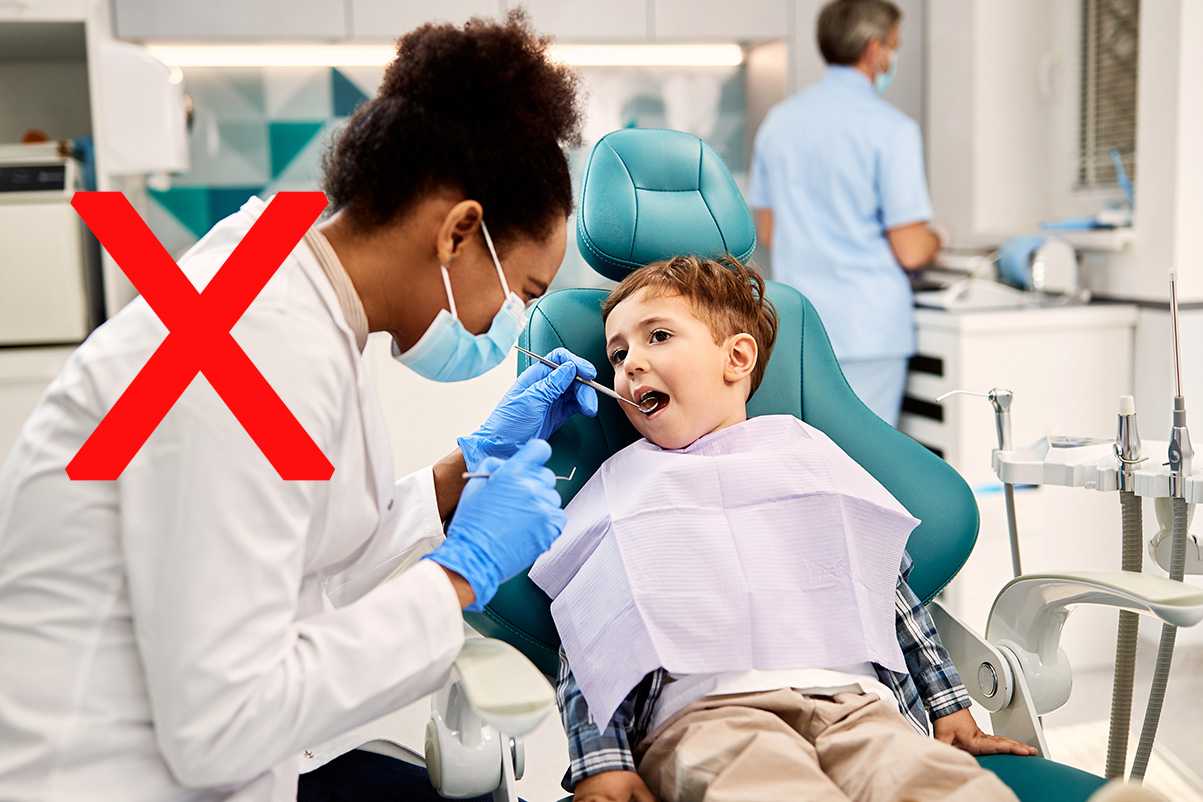
Are you worried about not being able to practice dental hygiene 10, 15, 20, or even 30 years from now? To prolong your dental career, it’s crucial to master dental ergonomics. What is dental ergonomics, you ask? Ergonomics is an applied science that focuses on keeping proper patient positioning in a work environment to reduce musculoskeletal problems, such as pain or repetitive use injuries.
Ergonomics includes a little bit of everything in your work environment. And it’s important for all careers, not just dentistry! Whether you sit at a desk typing on a computer, or you’re building a patio outdoors, ergonomics plays a part in almost all career choices. For dental professionals, it’s especially important to master ergonomics due to the daily physical requirements of treating patients in a clinical setting. Because patients must be reclined for a majority of their appointment, dental professionals are often leaning, looking down, and positioning themselves in awkward ways so they can see their patient’s oral cavity. Having a better understanding of dental ergonomics can help guide dental professionals to adjust as needed—and put them into use—to avoid ergonomic risk factors like injury, while also increasing the longevity of their career.
Understanding Dental Ergonomics
The focus on dental ergonomics often stresses the importance of reducing the likelihood of injury for dental professionals. It helps you prevent getting hurt or injured, through preventative techniques. Sounds familiar, doesn’t it?
Dental ergonomics aims to create a comfortable working environment for dental professionals while ensuring efficient patient care. Some of the most common ergonomic challenges that dental professionals can face include musculoskeletal disorders in their hands, shoulders, wrists, neck, spine, and hips. This is often due to the repeated motions dental professionals perform. Over time, these identical, constant movements can lead to muscle fatigue and injury. If the injury is severe enough, some dentists and dental hygienists will require physical rehabilitation, surgery, and time off from work.
Related: 5 Ways To Improve Ergonomics for Dental Hygienists

The Impact of Dental Ergonomics on Dental Hygienists
When it comes to dental professionals, dental hygienists are the most at risk of repetitive motion injuries. Dental hygienists provide preventative oral care to patients by cleaning teeth which can include hand scaling, polishing, and flossing day after day. They also provide therapeutic services, expose dental radiographs, and provide patient education. While the list could go on and on about what dental hygienists are responsible for, these are the main duties that directly affect ergonomics in their daily work life.
Depending on whether they work in a general or pediatric office, dental hygienists will often see anywhere from 8-15+ patients in a workday. Each one will have to be laid back and requires the dental hygienist not to look down during the appointment. Not only that, but their wrists will constantly rotate or rock. These repetitive motions can start to take its toll, especially without proper ergonomic habits. Hygienists must also apply pressure in their fingers and wrists at times to remove heavy stain and calculus. Some studies have shown that dental hygienists have the highest rates of carpal tunnel syndrome compared to all other occupations! Dental hygienists work with their hands all day, every day, exposing themselves to repeated forces, vibrations, and potentially awkward positions during dental procedures.
Many dental hygienists are fully aware of the risk of injury their career can cause; however, they are also usually prepared for it and there are solutions: good posture and ergonomic habits during clinical procedures. Hygienists that practice proper ergonomics will ensure they maintain good neutral posture throughout the day. This can be improved by using the correct dental equipment, such as a dental saddle chair or ergonomic stools. Saddle chairs were created with ergonomics in mind to properly position the hips and improve a clinician’s posture, reduce fatigue in the body, and improve circulation. Dental loupes are another popular and fantastic option that many hygienists will use daily to magnify a patient’s oral cavity, thus, helping to keep themselves from hunching and bending forward at their neck.
The Significance of Dental Ergonomics for Dental Assistants
Dental assistants must also practice proper ergonomics to ensure career longevity and avoid occupational injuries. Chairside assistants have a long list of duties that they must perform in the office daily. Most are responsible for assisting the dentist with procedures, taking radiographs, completing sterilization duties, cleaning operatories, and so much more! Dental assistants are the backbone of dental offices, and many clinics would struggle to function without them. But because of their role, assistants that work chairside with dentists often lean and reach throughout their day. This can often require the dental assistant to have to work around the dentist, especially when helping to suction water and saliva during a drilling procedure. It’s not uncommon for dental assistants to suffer from one-sided neck pain and back issues due to the excessive amount of leaning and reaching they do.
Dental Ergonomics and Dentists: Preserving a Lifelong Career
Dentistry is no doubt a demanding career that can lead to overworked clinicians who often forget about the importance of ergonomics until it’s too late. Dentists are working in a very narrow and dark space (the oral cavity) throughout the day. Sometimes, they adopt awkward postures and positions to gain a better view of their workspace. If not addressed early in a dentist’s career, this scenario can lead to bad habits of improper posture, leading to strain and injuries later on. To reduce the risk of injury, dentists are encouraged to sit as close as possible to their patients during treatment to avoid reaching and stretching excessively. Another way dentists can ensure they are doing everything in their power to practice good dental ergonomics is to ensure the operatory they work in is adjusted to fit their needs. Whether this requires a larger operatory, specific handle sizes that help maintain a comfortable grip, or the latest up to date technologies, there are small changes that can make a big impact on ergonomics.
Lastly, all dental professionals are encouraged to stretch and take care of their bodies outside of work as well! Yoga, strength training, and even taking daily walks can contribute to a more balanced body (and mind) that works for you, not against you!
Implementing Dental Ergonomics: Best Practices and Solutions
While all dental professionals must practice good ergonomics, consistently educating employees and employers can help prevent team members from forgetting these early key skills taught in dental/hygiene school. Staying familiar with the most up-to-date products and tools can improve ergonomics even after years of working in the dental field. Dental loupes, operatory chairs, specially designed instrument handles, and more can all contribute to a more comfortable and safe work environment. Last but not least, employees should be encouraged to share any challenges that they’re facing in their office when it comes to ergonomic needs and operatory setups. Collaboration between dental professionals and ergonomic consultants can help to improve a better understanding of dental ergonomics and how to continuously improve your workplace.
Dental Ergonomics and Dental Hygiene
All dental professionals should use proper ergonomics to help prolong their careers and avoid on-the-job injuries. Clinicians who are aware of their daily practice habits and work towards creating a safe and comfortable environment will reap the benefits for years in the future. Reducing musculoskeletal pain and injury should be a top priority for dentists, dental hygienists, and dental assistants, especially given the statistics for work-related injuries in the dental field. Take care of yourselves now, as your future self will thank you.

Make your inbox smile!

